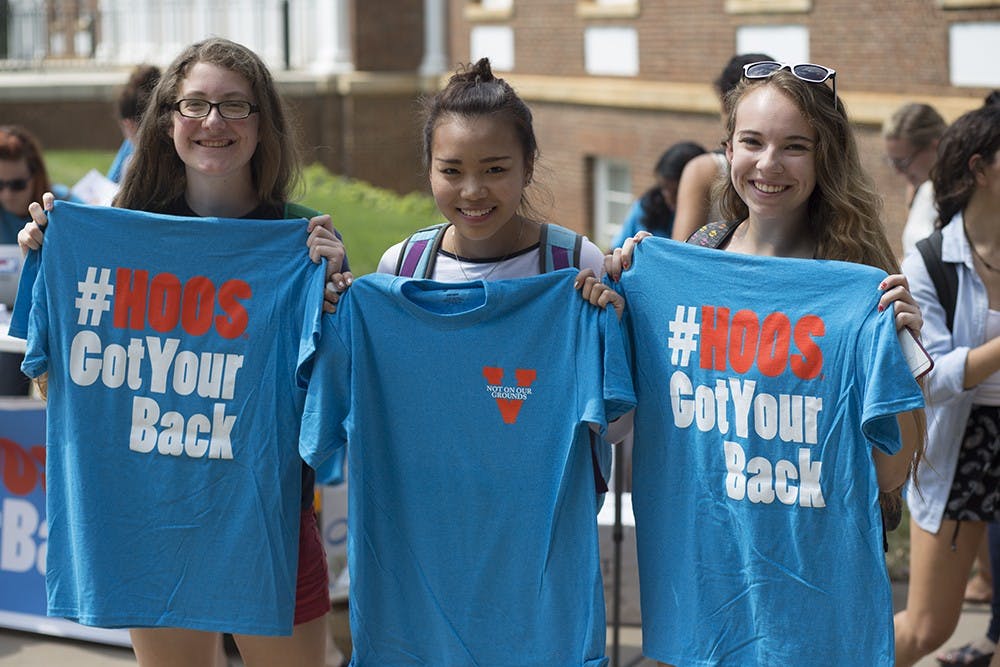Student groups are moving to respond to the Monday release of a campus climate survey on sexual assault and the Office for Civil Rights' review on the University's Title IX compliance.
For many, Rolling Stone's now-retracted story "A Rape on Campus," which detailed the graphic rape of a University student named Jackie, still clouds discussions about sexual violence at the University.
The OCR review found the new University policy on sexual violence introduced last spring to be compliant with federal law under Title IX. The OCR found that the University was not compliant between 2008 and 2012 by failing to promptly address complaints of sexual assault and harassment and neglecting to prevent a “hostile environment.”
The campus climate survey, also released Monday, indicated that nearly one in four undergraduate women has experienced sexually assault or sexual misconduct since enrolling, and that more than two-thirds of University students do not believe the University would take action against an offender if an assault were reported.
The way the media has handled University cases of sexual assault, namely relating to the Rolling Stone story, may preclude students’ reporting of sexual assaults or harassment incidents, advocacy groups One Less and One in Four said in a statement.
Only 28 percent of students said they believed it was very or extremely likely that University officials would take action against a perpetrator of sexual violence. This is compared to an average 45 percent of students from all universities surveyed, and represented one of the largest discrepancies.
“Greater mistrust of the handling of sexual assault cases will be one barrier to reporting specific to the University of Virginia,” the statement said.
The substantial gap between the University response and the average is unexpected, second-year College student Kristen Monheim said.
“It’s definitely in some ways disheartening,” Monheim said. “It’s hard coming from last year with everything with the Rolling Stone article and after that there being such a big emphasis on how to report it.”
Another major find within the report was the gender gap in certain responses. Males were more likely to believe a victim would be supported by the University community and administration than females were.
Since the OCR review began in 2011, the University has made a number of changes with the aim of improving the reporting and handling of sexual misconduct cases.
“Although we recognize the many past mistakes with regards to the treatment of survivors’ stories and reports, it is clear that the University has made crucial steps towards fostering an environment conducive to reporting and comprehensive, fair adjudication,” One Less and One in Four said in their statement.
Last year saw a surge in sexual assault prevention education. This year, such efforts have been rolled into “Dorm Norms,” a new program designed to educate first-years during the period known as the "red zone," or first six-weeks of college during which students are at the highest risk of sexual assault. The University has also launched a mandatory sexual violence education module for students.
A resolution with OCR signed by University President Teresa Sullivan on Thursday also outlined new reporting requirements, including mandatory climate assessments and the formation of a Student Campus Climate Committee, as well as the responsibilities of the University’s Title IX coordinator.
Correction: A previous version of this article incorrectly stated that the One Less and One in Four statement was released by the Sexual Violence Prevention Coalition. The statement was not meant to represent the entire coalition, of which One Less and One in Four are members.







